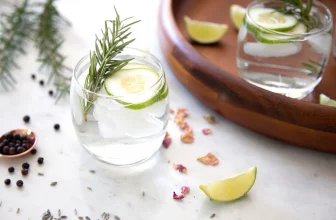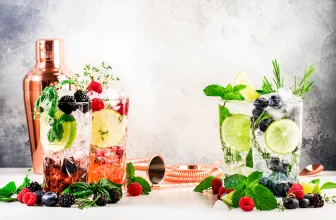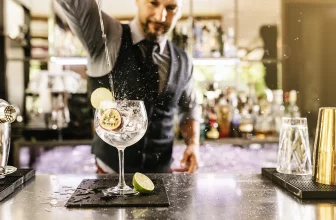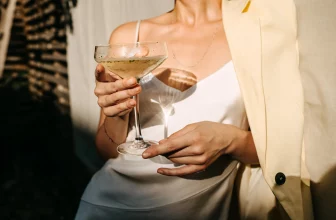Mezcal is a distilled beverage made from fermented agave. Unlike tequila (a subvariety of mezcal), which can only be made from blue agave in the state of Jalisco, mezcal, in general, can be made from any agave variety and in a much larger area.

Mezcal Information
Whereas tequila is mostly produced by large companies in large quantities, most mezcal is made by small, family producers using traditional techniques.
This leads to enormous diversity in the mezcal market with a vast array of flavors, colors, aromas, and styles. Recent changes to the regulatory system for mezcal have excluded many long-time producers from states other than those officially recognized.
Another hallmark of mezcal is the traditional, though not ubiquitous, inclusion of a “worm” in the bottle. The worms are really the larvae of moths. The reason for bottling mezcal with larvae is debatable. It used to be considered a sign of good-quality mezcal that wouldn’t hurt you, and some say that it adds flavor as well.
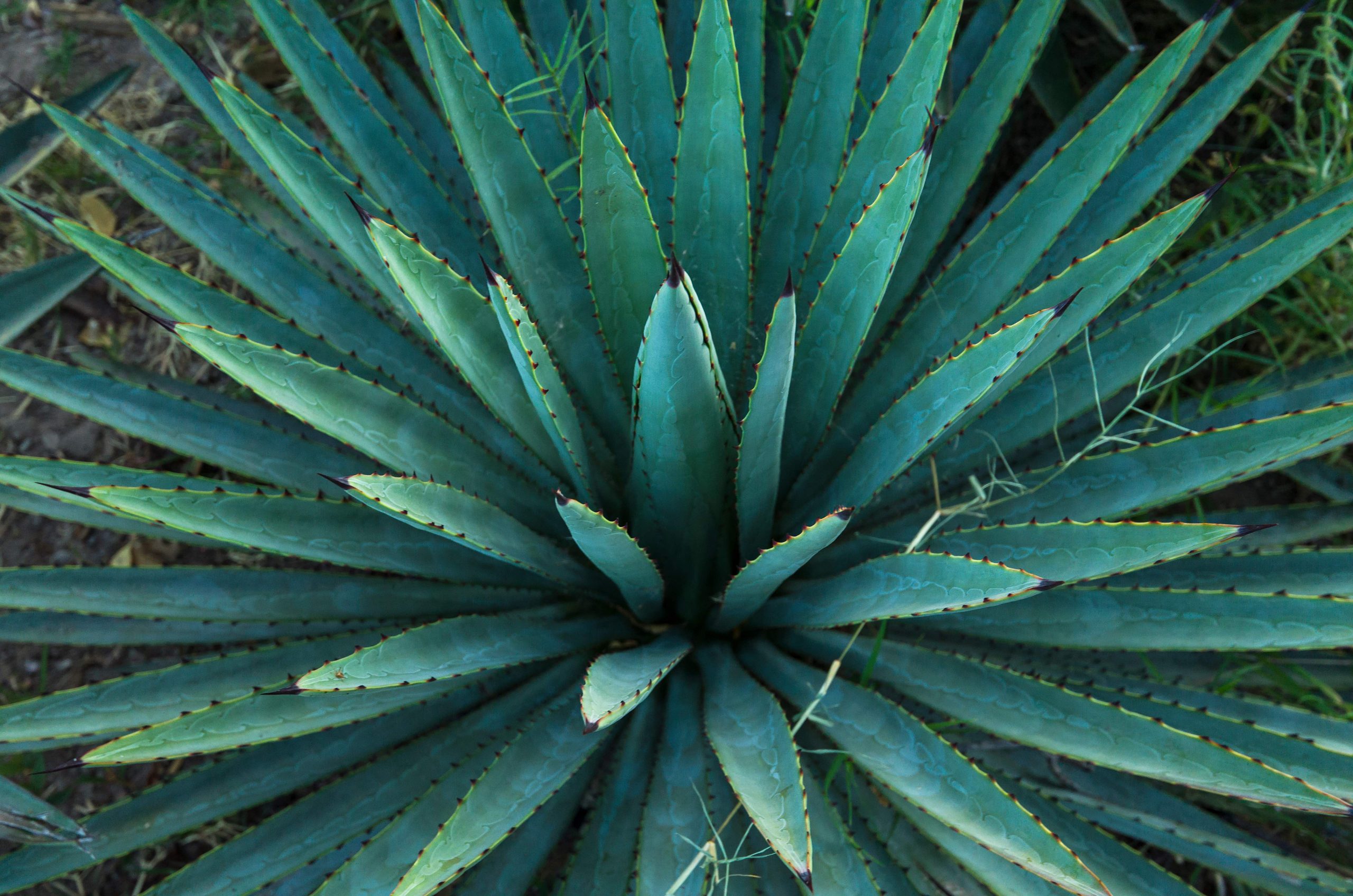
Mezcal Pairings
Pairs With Music
Pairs With Food
Pairs With Strains
Mezcal Frequently Asked Questions
How is Mezcal Made?
Mezcal producers start by harvesting the heart of the agave called a piña. They cook the piñas, usually in underground ovens, at a low temperature for several days, drying and smoking them. They’re then crushed, often with a large stone drawn in a circle by horses or donkeys, before adding water and allowing fermentation. After yeast has converted the sugar from the agave into alcohol, the liquid is heated in a still. Alcohol and many aromatic compounds are boiled away in a closed environment before the temperature is high enough to boil the water.
The resulting steam is then cooled back into a liquid and stored in a second container. The whole process is repeated twice, and the result is a clear spirit often called Joven, or young mezcal. Mezcal can be bottled right away or aged in wooden barrels to impart additional flavor and color. Most of the time, barrel aging smooths the texture, making the mezcal easier to drink.
How to Drink Mezcal
Mezcal is usually enjoyed neat in Mexico but can also be served on the rocks or with salt and lime. It can also be used as a smokier substitute for any cocktail that normally includes tequila, like margaritas. If you want to be really adventurous, use a clear young mezcal instead of vodka in a Moscow mule or a dark, oaky mezcal instead of whiskey in a Manhattan.
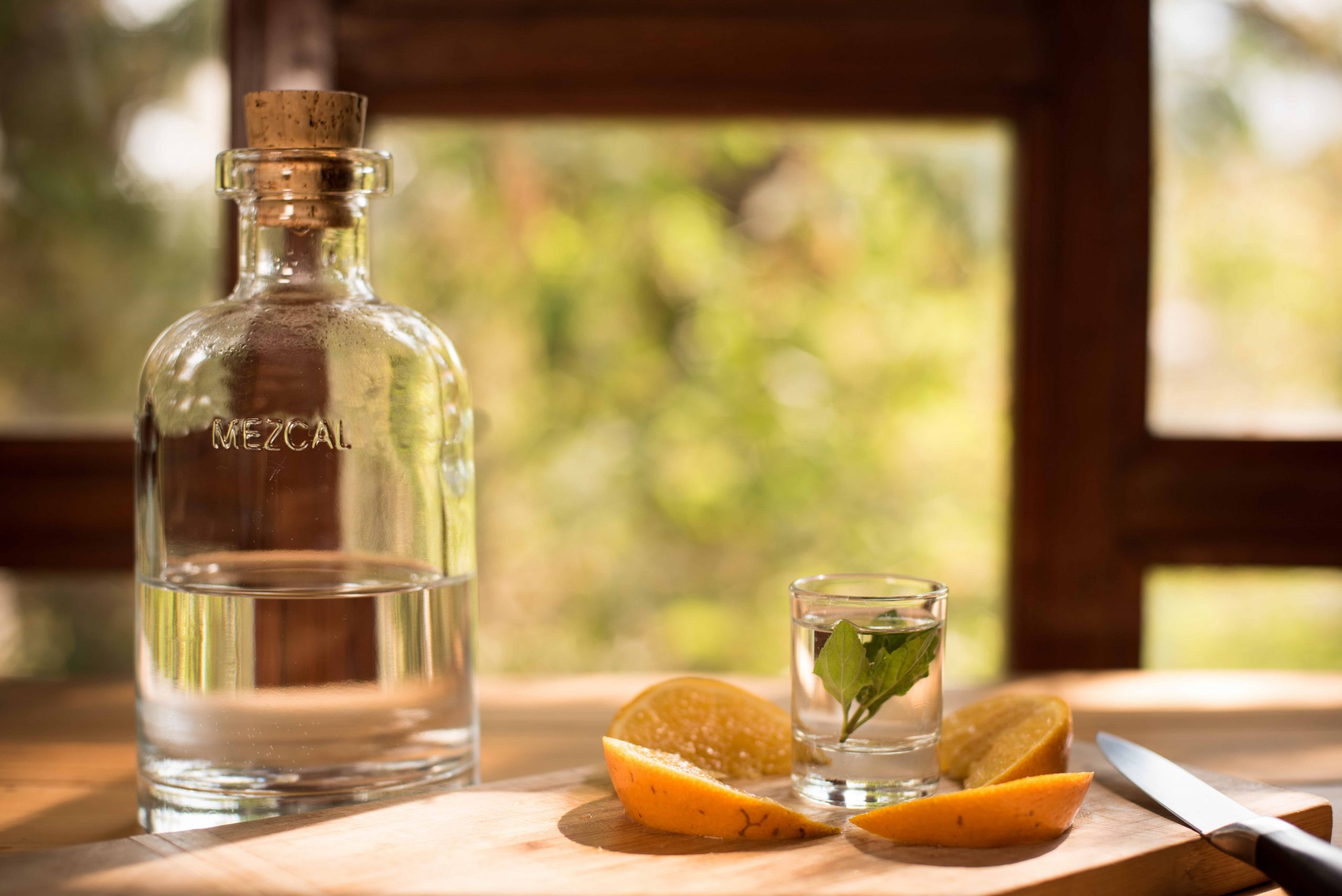
History of The Spirit
Mexico has a long tradition of producing alcoholic beverages, but the history of mezcal itself probably dates back to the Spanish conquest in the 15th and 16th centuries. The conquistadors were accustomed to drinking distilled liquor and found the local alcohol too weak for their taste.
In addition, the Spanish throne discouraged the production of wine and rum out of fear it would hurt the European market. Therefore, the Spanish in Mexico had to find local sources of fermentable sugars to distill into spirits. Native people had already been fermenting a drink from agave for thousands of years called pulque, so it was a natural next step to begin distilling agave spirits.
The fact that most mezcal is made by small producers means that it’s often distilled in small, handcrafted stills that produce rustic results and strong flavors.
Mezcal by name is still relatively obscure outside of Mexico even though tequila is technically a kind of mezcal, but the market is growing. Much of the growth of mezcal exports has been driving by its delicious usefulness in cocktails.
Mezcal Summary
Mezcal is an exciting, diverse spirit that will appeal to tequila drinkers who haven’t even heard of it. It’s a distilled agave spirit with lots of possibilities for mixology, pairing with cigars, pipes, and various strains of cannabis, and for serving with food. Keep an eye out for new bottles of this powerful, smoky, Mexican beverage.


